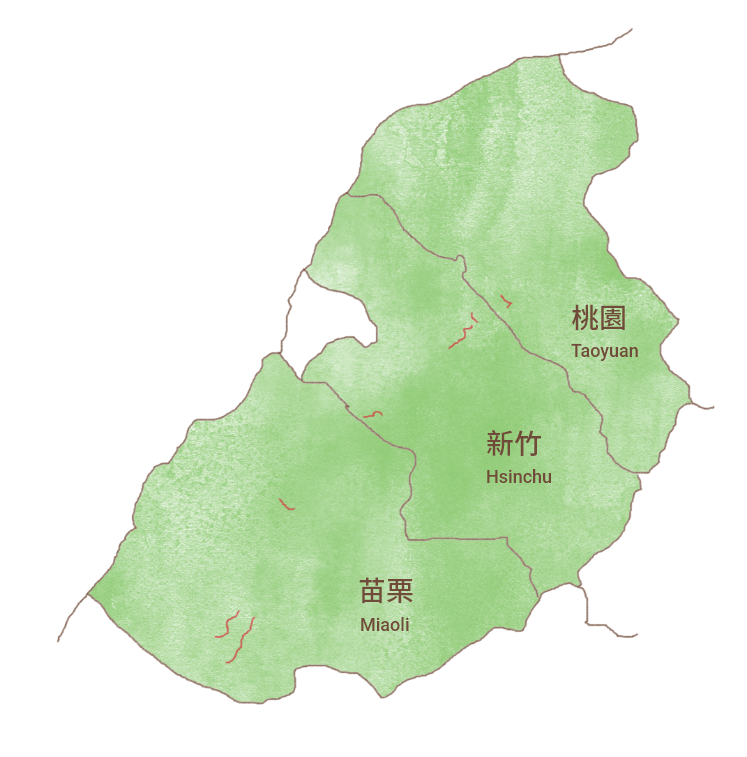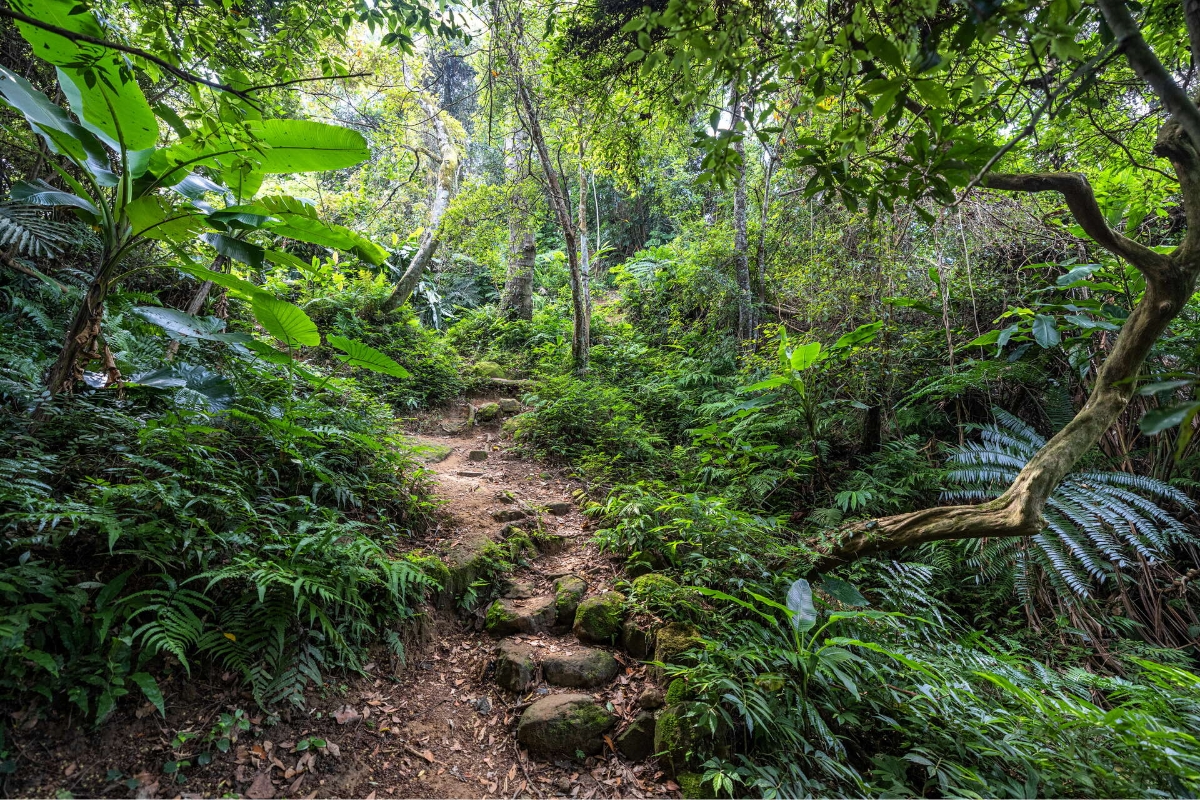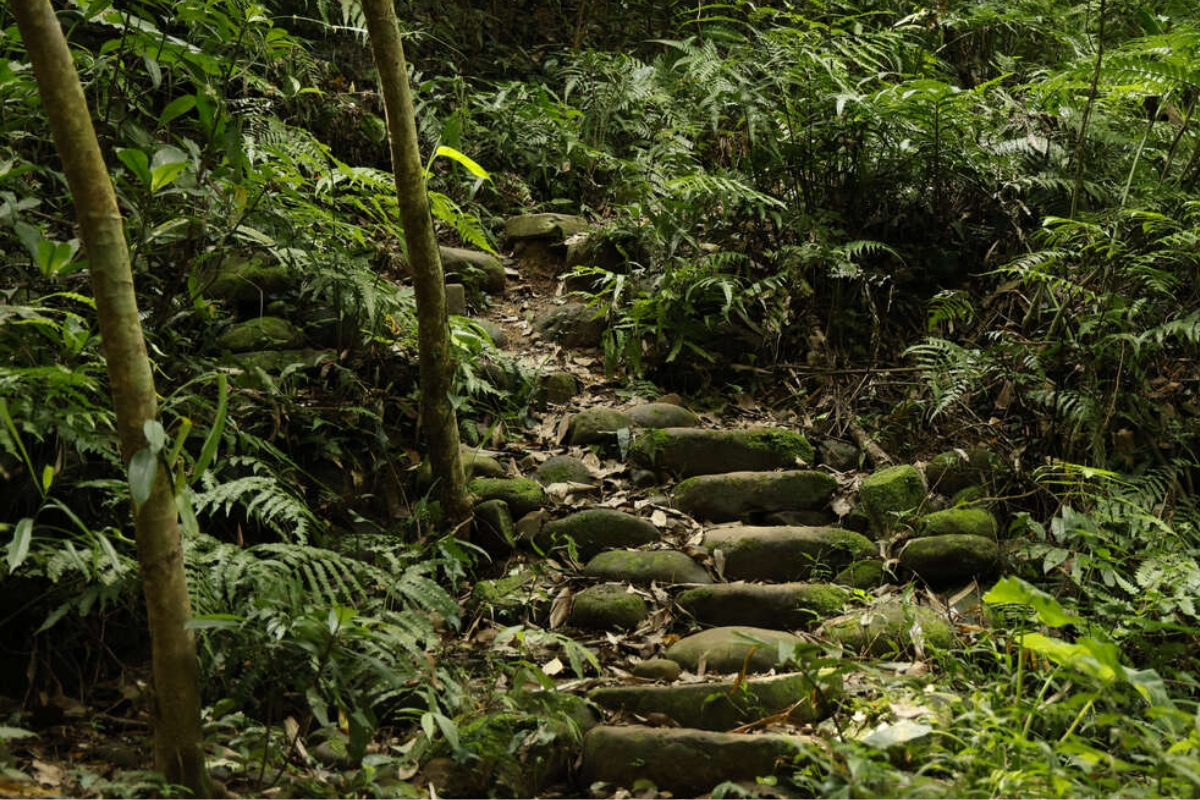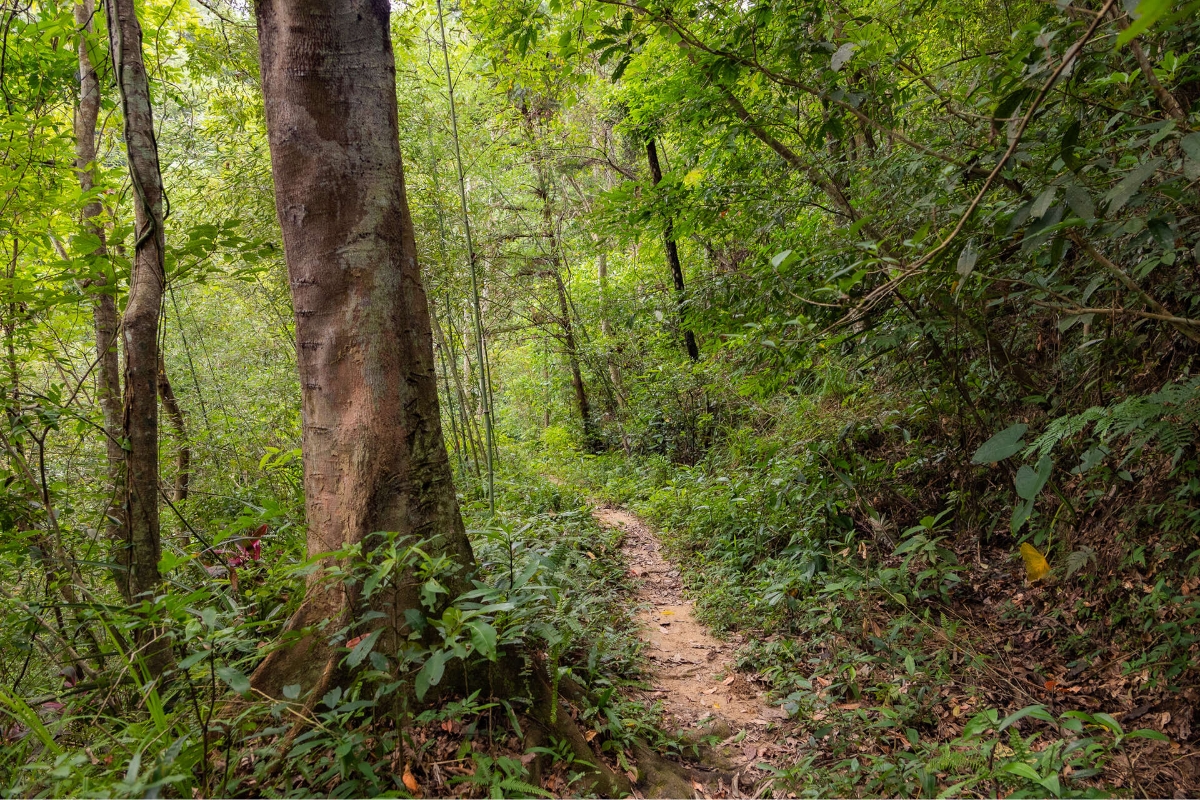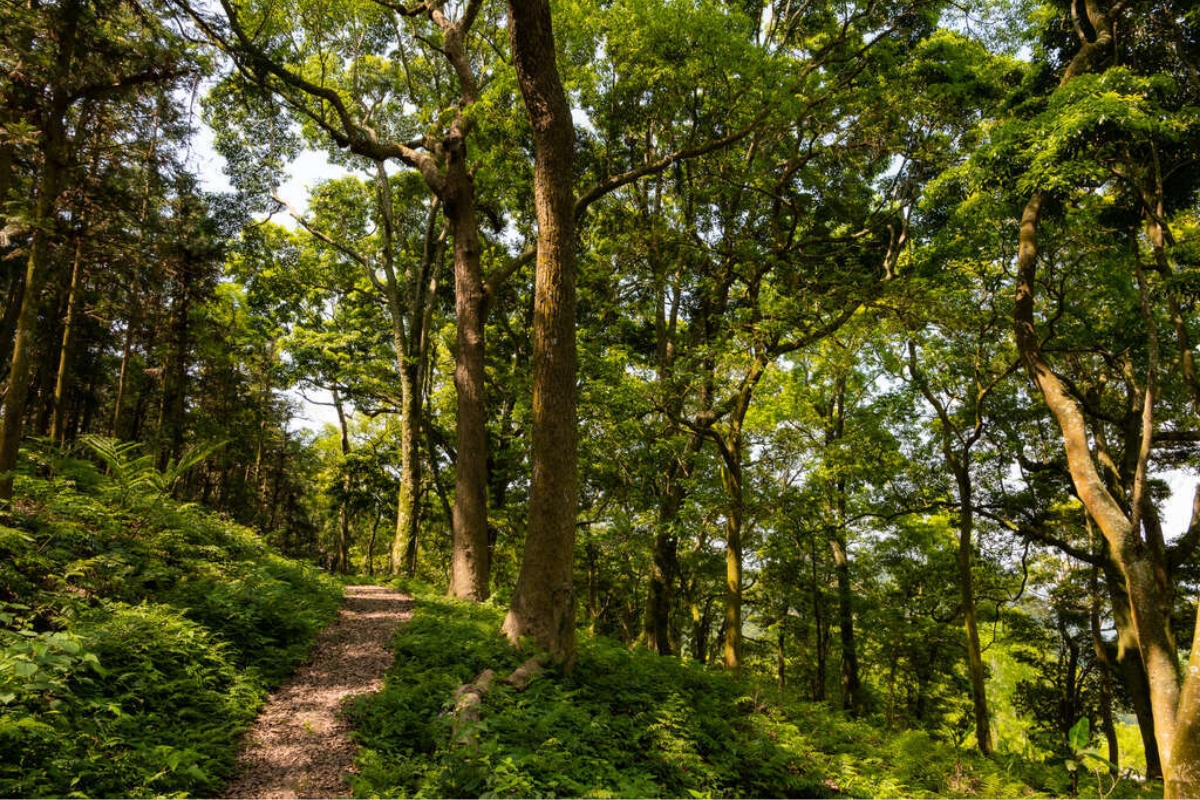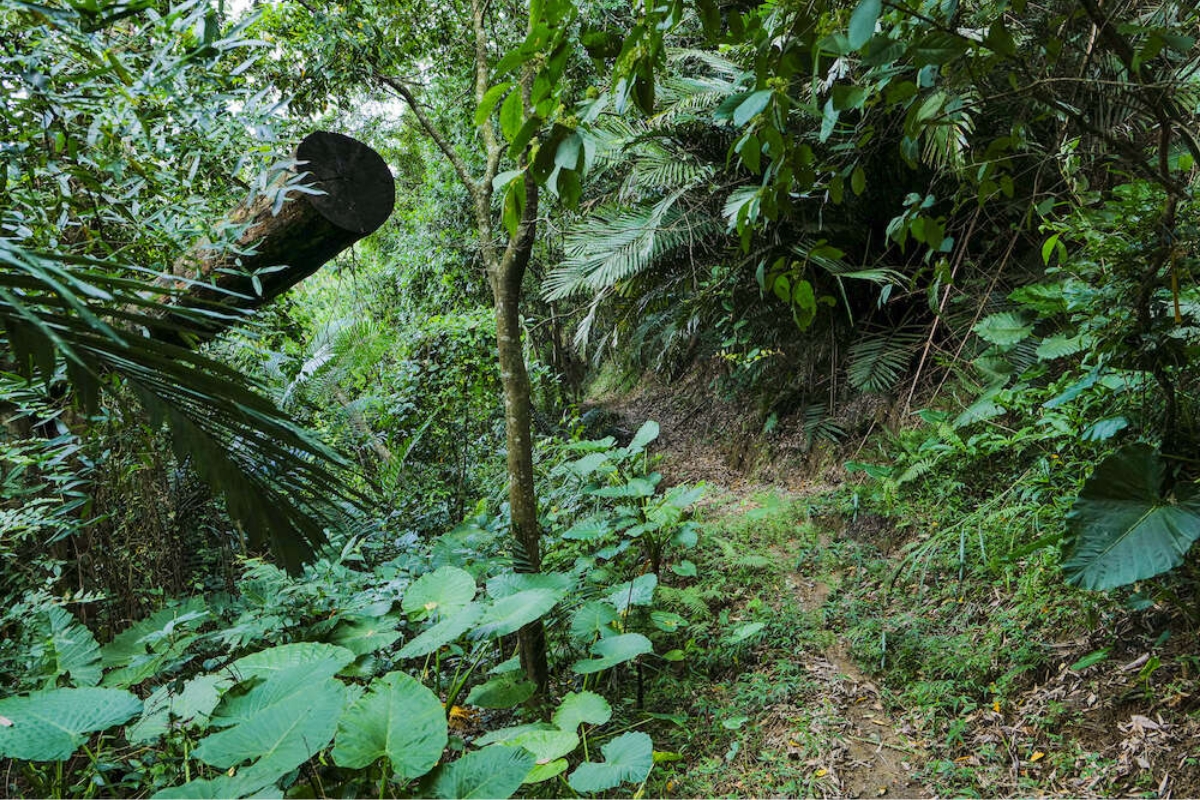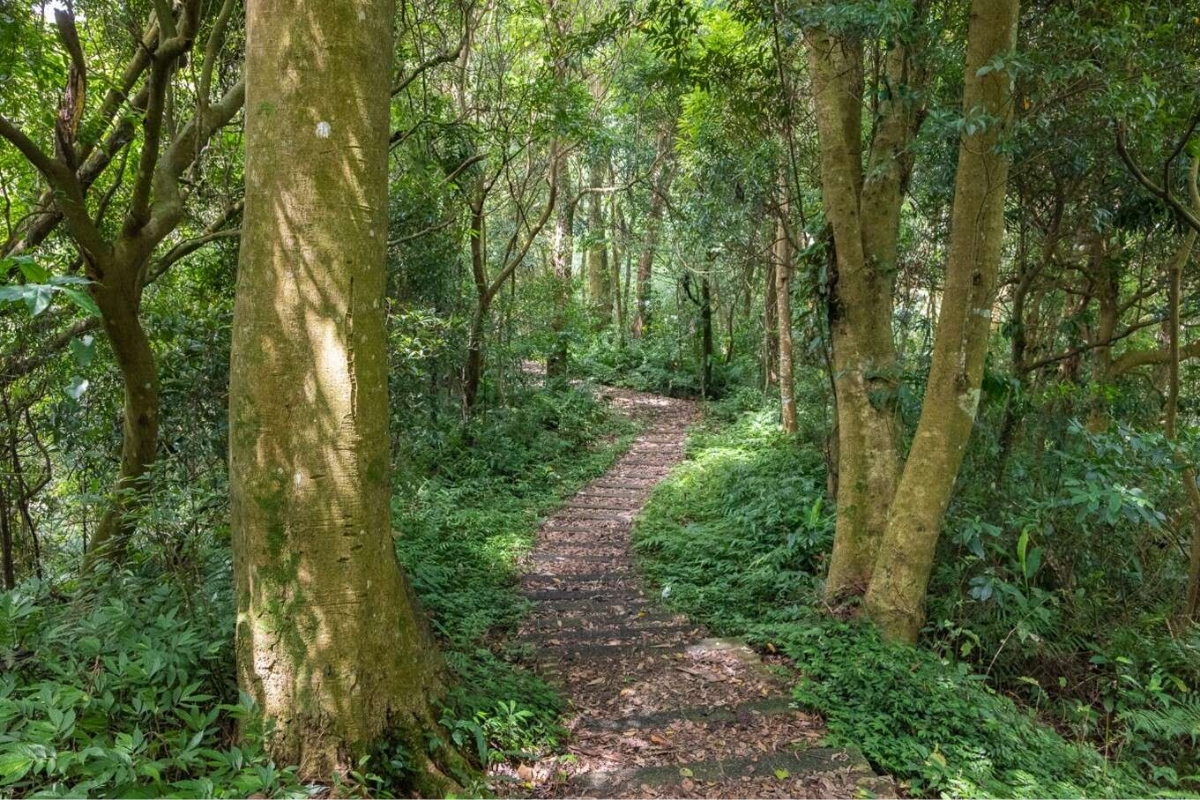Raknus Selu Trail is one of the seven national greenways in Taiwan. The original state around the ancient trail was a natural camphor forest. The mountain trail was used by residents who were chopping down camphor trees for producing camphor. Raknus means zhang (camphor) in Saisiyat and Atayal languages, while Selu means trail in Hakka. The name of the greenway is the result of a fusion between indigenous and Hakka languages which embodies the historical conflict and present peace.
Raknus Selu Trail roughly follows along Provincial Highway 3, also known as Neishan Highway. On this trail, indigenous people and Han people exchanged supplies, Western missionaries preached and practiced medicine, and Minnan and Hakka people lived and created life memories here. It was an important path for these groups of people.
To explore and reenact the traces of early life in the mountain and forest of Hakka regions, Hakka Affairs Council began the preliminary planning of the ancient trail in 2016. With the collaboration between public and private sectors, the planning and naming of Raknus Selu Trail were completed in 2018. In the same year, Taiwan Thousand Miles Trail Association completed the first fully hand-restored ancient trail, Dunan Ancient Trail.
Raknus Selu Trail starts from Sankeng of Longtan, Taoyuan, following along Provincial Highway 3 down south, and passing through Hsinchu, Miaoli, before eventually reaching Dongshi, Taichung. The total length of the main route is about 220 kilometers.

